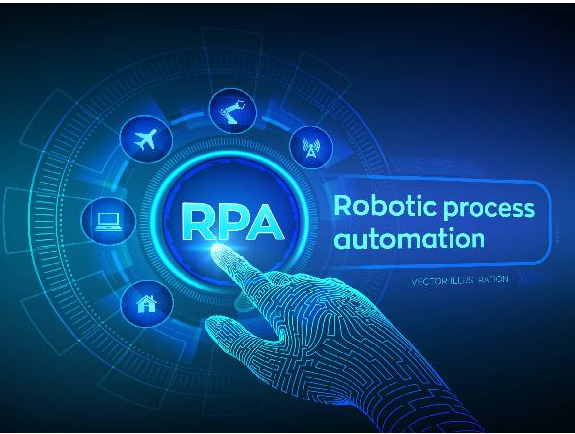1. Artificial Intelligence (AI) and Machine Learning (ML)

Artificial Intelligence, also known as AI, started gaining popularity a decade ago. It has still not slowed down and continues to be one of the leading emerging technologies in 2023. AI is constantly evolving, and newer applications for this emerging technology continue to spring upon the scene. Today’s most popular AI applications are image and speech recognition, navigation programs, voice assistants like Siri and Alexa, and much more.
Organisations are looking to use AI to analyse customer and business interactions to derive insights and identify triggers. It will help them predict the demand for services such as hospitals or tourism and aid in the improvement of resource allocation for various projects.
Machine Learning (ML) is a part of AI and uses supervised learning to learn new functions. It has seen a massive surge in demand for skilled professionals, making it an attractive trend to watch. According to Forrester, AI and Machine Learning will be responsible for 9% of all new jobs in the US by 2025.
2. Robotic Process Automation (RPA)

Robotic Process Automation (RPA) uses multiple software and applications to automate business processes such as data collection and analysis, customer service and other repetitive tasks managed previously through manual processes.
Like AI and Machine Learning, RPA is a rapidly advancing future technology that automates many jobs across different industries. McKinsey has analysed that fewer than 5% of jobs today can be entirely automated, but nearly 60% can be automated at least partially.
RPA offers several new career options and trajectories such as a programmer, project manager, business analyst or consultant. It also opens doors to high-paying jobs with a moderate learning curve in leading organisations. Choosing this emerging technology as a career move can profit you immensely.
3. Edge Computing
Today, millions of data points are collecting user information from various sources such as social media, websites, emails, and web searches. As the amount of data collected increases exponentially, other modern technologies like cloud computing fall short in several situations.
Till a decade back, Cloud Computing was one of the fastest-growing technologies. However, it has become fairly mainstream, with the market dominated by major players such as Amazon Web Services (AWS), Microsoft Azure and Google Cloud Platform.
As more organisations adopted Cloud Computing, they found several limitations in the technology. Edge Computing helps to bypass the latency that Cloud Computing causes and helps organisations to get data into a data centre for processing. It can exist ‘on edge’, in the sense that it is closer to where the data processing will ultimately take place. Edge Computing is used to process time-sensitive data in far-off locations with limited or no connectivity.
4. Quantum Computing
Quantum Computing is a type of computing that focuses on developing computer technology based on the principles of quantum theory. This theory explains the behaviour of energy and materials on atomic and subatomic levels. In other words, it performs calculations based on the probability of an object’s state before measurement instead of just 0’s and 1’s.
Quantum Computing can easily query, analyse and take action based on given data, regardless of the source. It played a major role in preventing COVID-19 and developing new vaccines. These computers are exponentially faster than normal computers. The revenue for the Quantum Computing market is projected to cross $2.5 billion by 2029.
You need experience with quantum mechanics, linear algebra, machine learning, and information theory to enter this field.
5. Virtual Reality (VR) and Augmented Reality (AR)
VR and AR have been popular for almost a decade now. Virtual Reality immerses the user into a new environment, while Augmented Reality enhances the user’s existing environment. While their applications so far have been majorly linked with gaming and filters on social media, simulation software such as Virtual Ship is also used to train the US Navy, Army and Coast Guard ship captains.
By 2024, AR and VR are expected to integrate into our everyday lives much more deeply than today. They have huge potential and possible applications in training, entertainment, education, marketing and therapy or post-injury rehabilitation. It is also widely used by advertisers and brands to create new immersive experiences for their customers.
Starting a career in VR or AR doesn’t require too much specialisation. Basic programming skills and a forward-thinking mindset coupled with optics as a skill set can help you easily secure a job in this field.
Tarikh Input: 28/08/2023 | Kemaskini: 13/09/2023 | aslamiah
PERKONGSIAN MEDIA


























